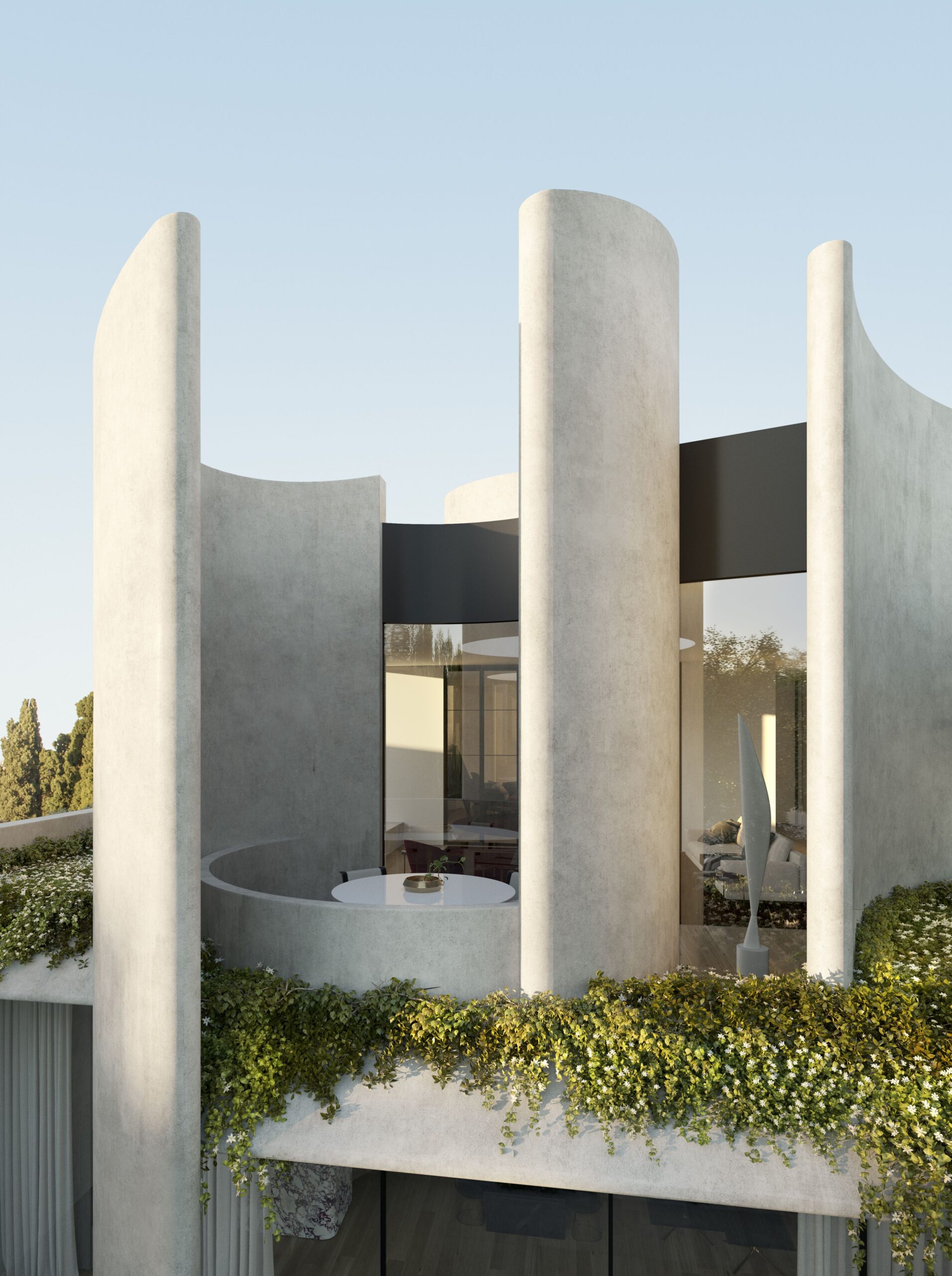
Apartment architecture is a constantly evolving field that requires creativity, innovation, and a deep understanding of urban living. With the increasing population density in cities, the demand for apartments continues to rise. As a result, architects are constantly challenged to design buildings that not only provide housing but also create a sense of community, functionality, and aesthetic appeal.
One of the key considerations in apartment architecture is the efficient use of space. With limited land available in urban areas, architects must maximize every square foot in order to create livable, functional apartments. This often requires innovative design solutions such as open floor plans, multifunctional furniture, and smart storage solutions. By carefully planning the layout of each apartment, architects are able to optimize the use of space and create comfortable living environments for residents.
Another important aspect of apartment architecture is the overall design of the building itself. Architects must consider factors such as the surrounding environment, the building’s orientation, and the materials used in order to create a visually appealing and sustainable structure. Additionally, architects must also take into account the needs and preferences of the residents in order to create a building that enhances their quality of life.
One of the trends in apartment architecture is the integration of nature into the design. Many architects are incorporating green spaces, rooftop gardens, and natural light into their designs in order to create a more sustainable and aesthetically pleasing living environment. These elements not only improve the overall quality of life for residents but also help to reduce energy consumption and promote a sense of well-being.
Another important consideration in apartment architecture is the community aspect of the building. Architects must design common areas and shared amenities that foster a sense of community among residents. This can include things like communal kitchens, rooftop terraces, fitness centers, and co-working spaces. By creating spaces where residents can come together, architects are able to enhance the overall living experience and create a sense of belonging among residents.
In conclusion, apartment architecture is a dynamic and challenging field that requires creativity, innovation, and a deep understanding of urban living. By carefully considering factors such as efficient use of space, sustainable design, integration of nature, and community building, architects are able to create buildings that not only provide housing but also enhance the overall quality of life for residents. As cities continue to grow and evolve, the role of apartment architecture will become increasingly important in shaping the urban landscape and creating sustainable, livable communities.
 Decoration Ideas
Decoration Ideas










